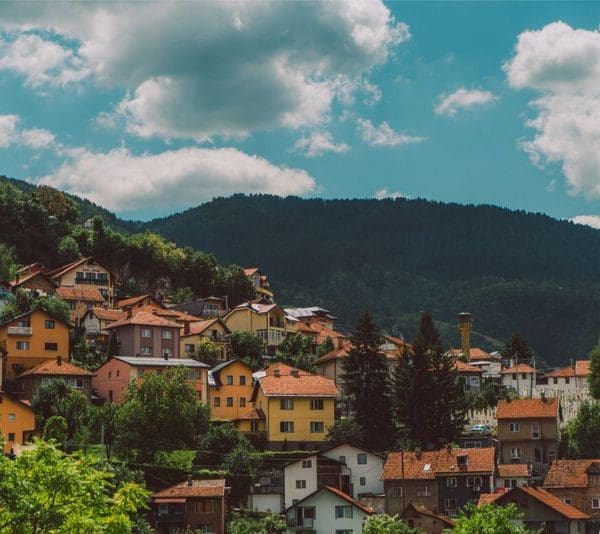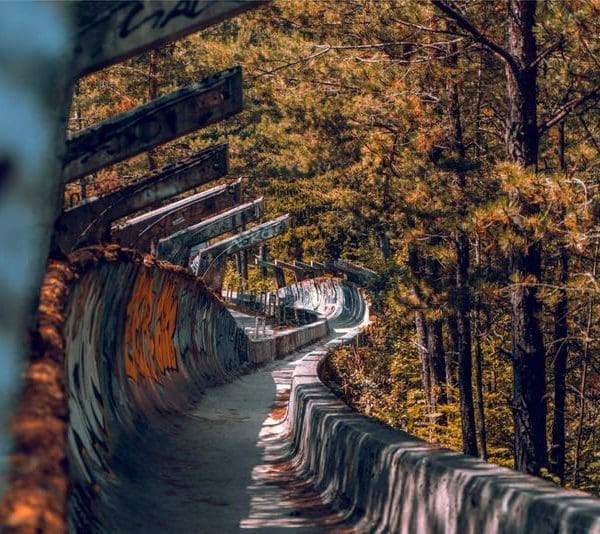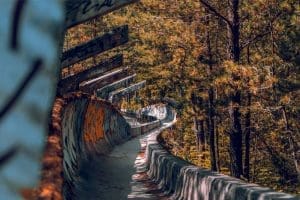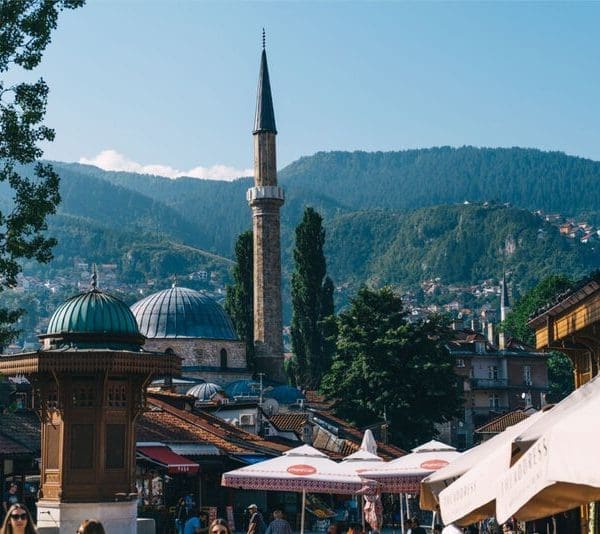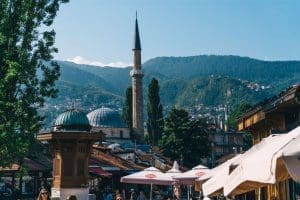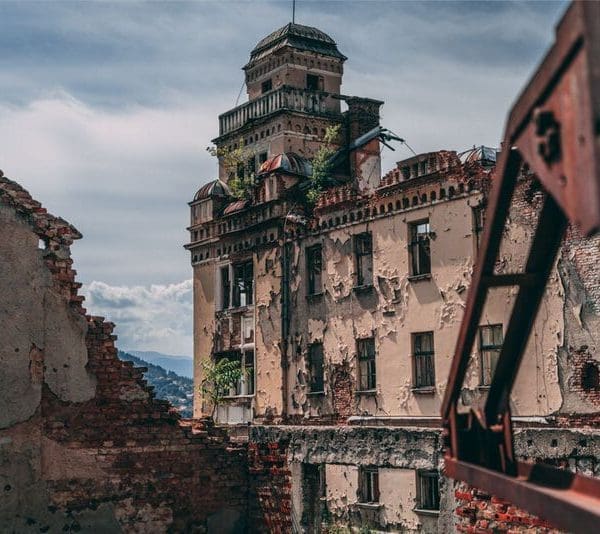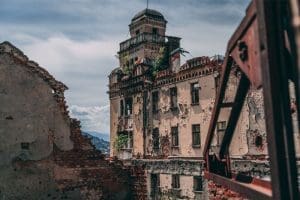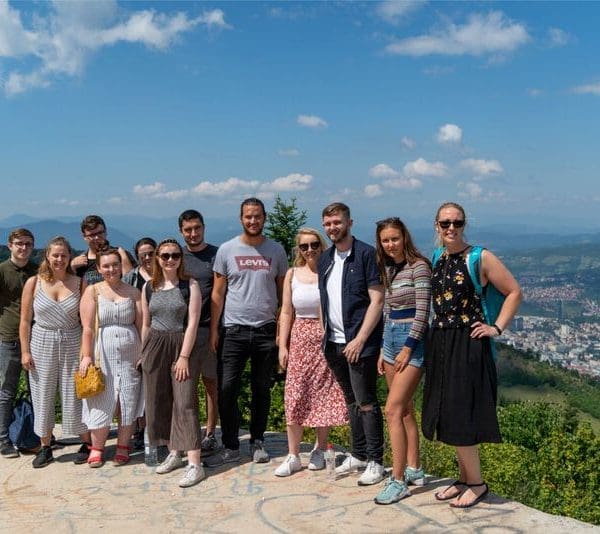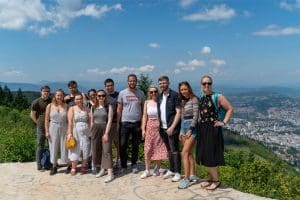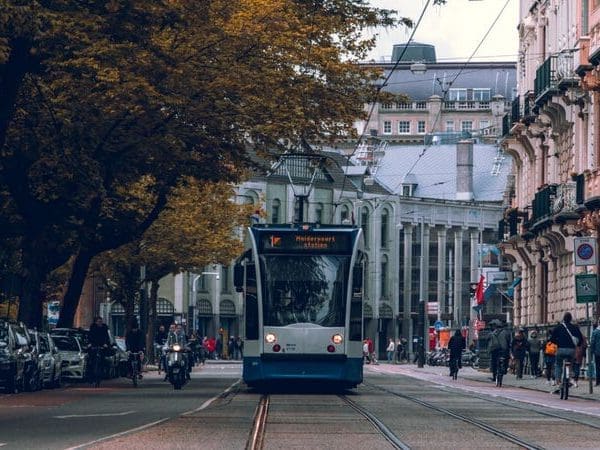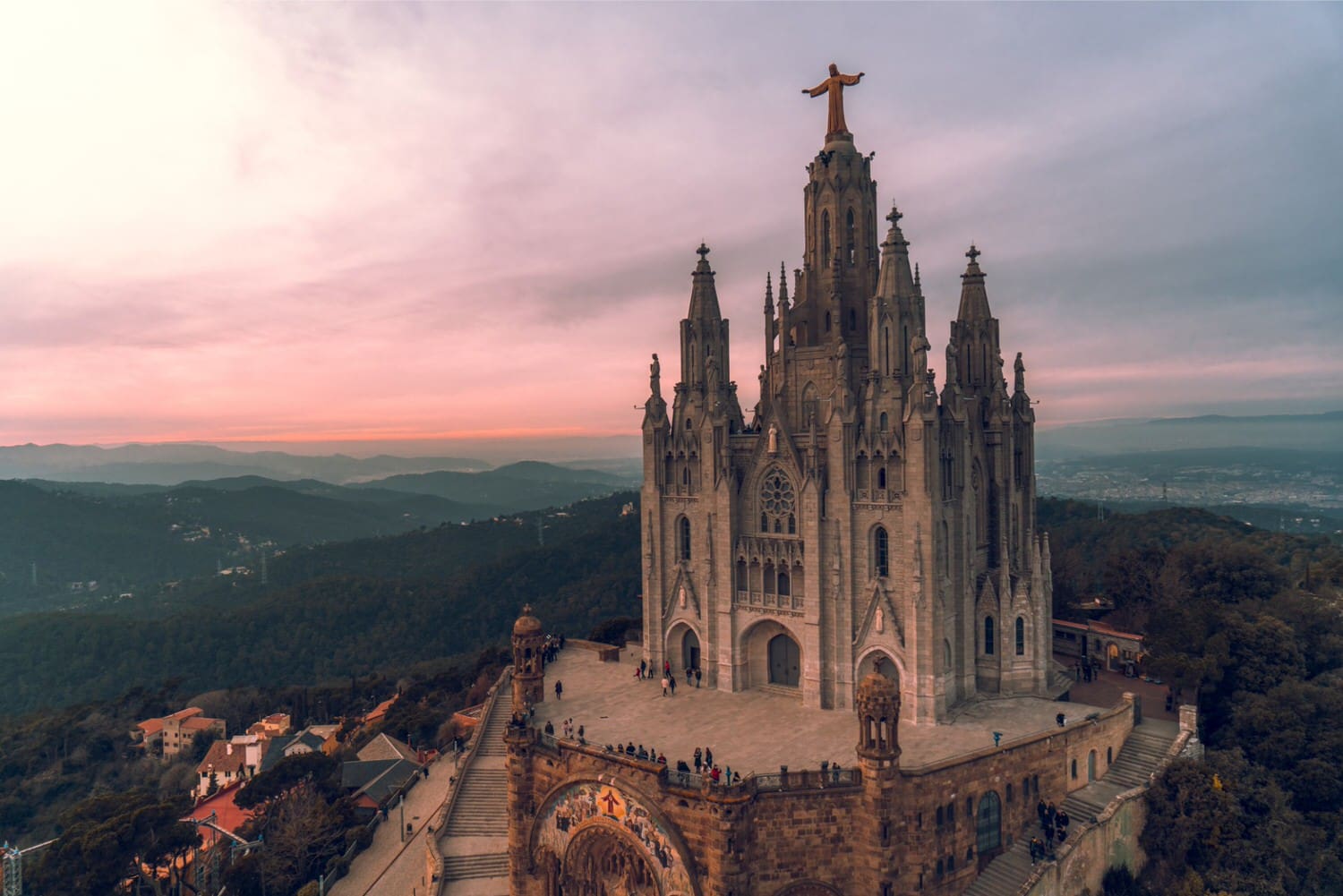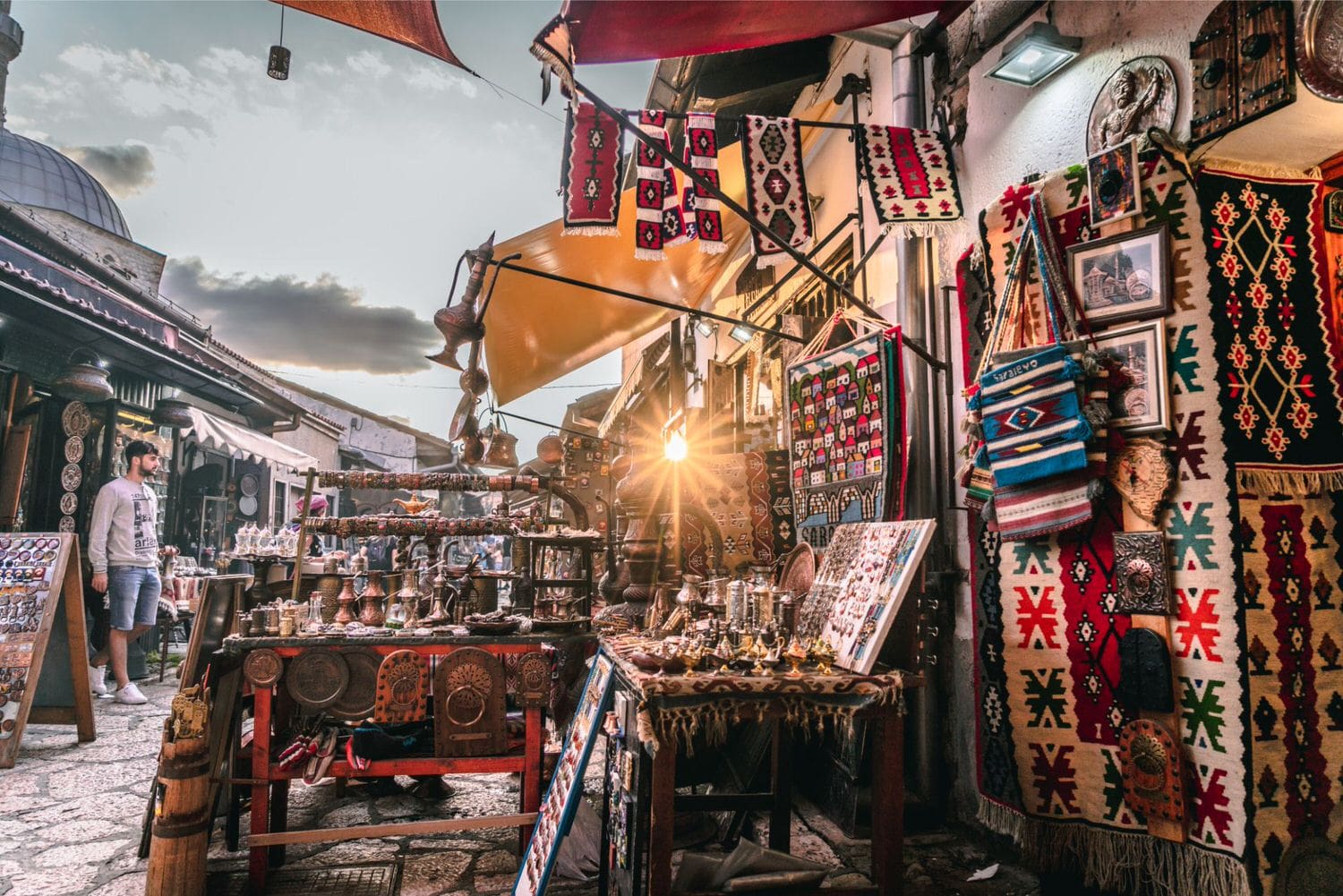It may not be the most popular city on Europe’s backpacker trail, but the small and mighty Sarajevo shouldn’t be underestimated.
Located in central Bosnia & Herzegovina, Sarajevo is the nation’s heart of Bosnian culture. Being the capital of one of the few predominantly Muslim countries in Europe, Sarajevo feels very different to other European capitals. Cobbled streets lined with cafés, shisha bars and impressive mosques give the city a more Middle Eastern or Turkish vibe. Having only gained independence from Yugoslavia in 1992, Bosnia was the site of the Bosnian war, lasting almost 4 years until 1996. Whilst the effects of the war are still clearly visible in Sarajevo today, this isn’t reflected in the friendly atmosphere of the city. The attitude of the locals seems to be more that they’re happy the war is over rather than being angry that it took place in the first place. This refreshing attitude and Sarajevo’s unique blend of European and Middle Eastern culture make this little gem of a city a must see!

